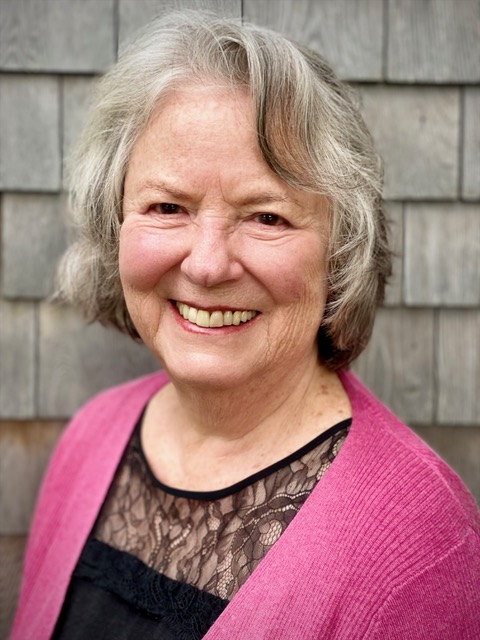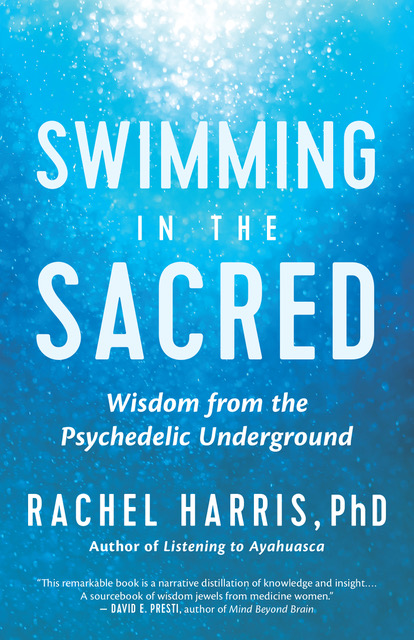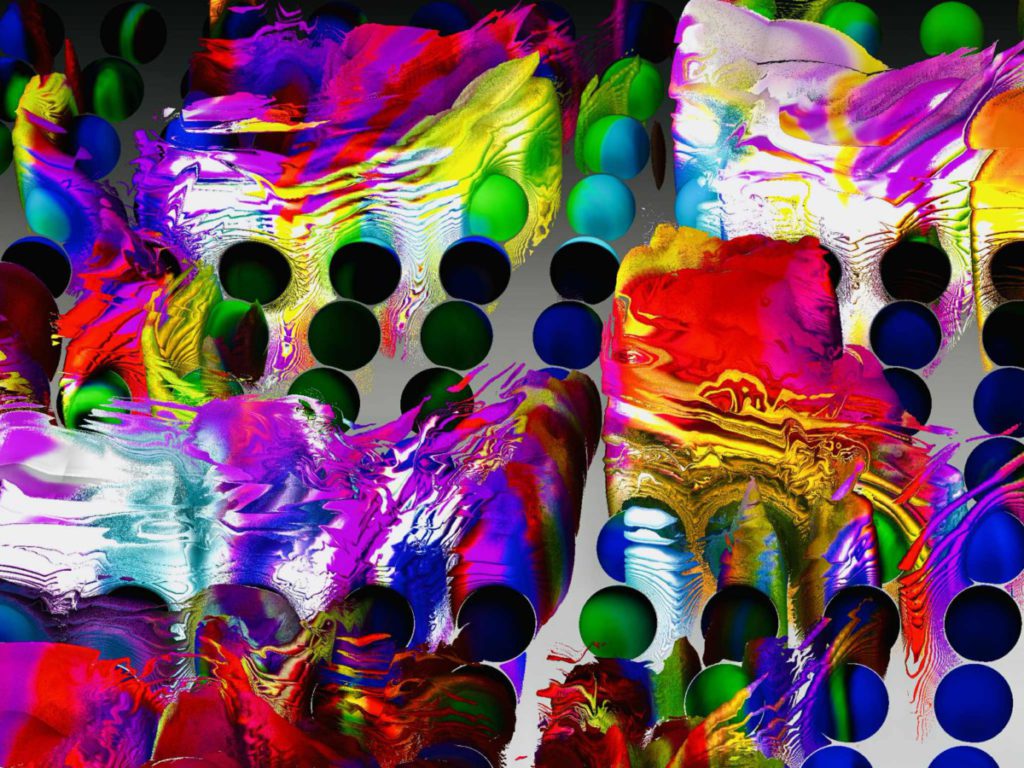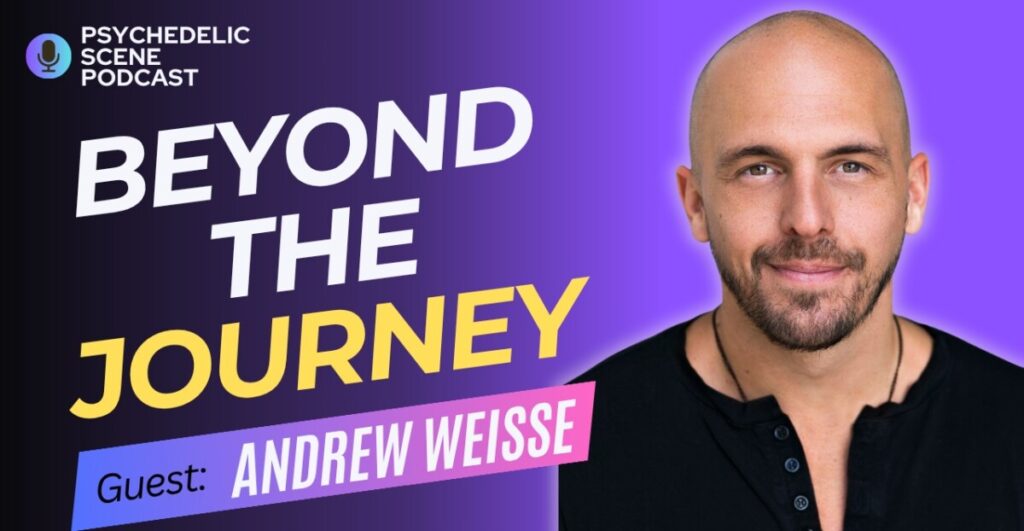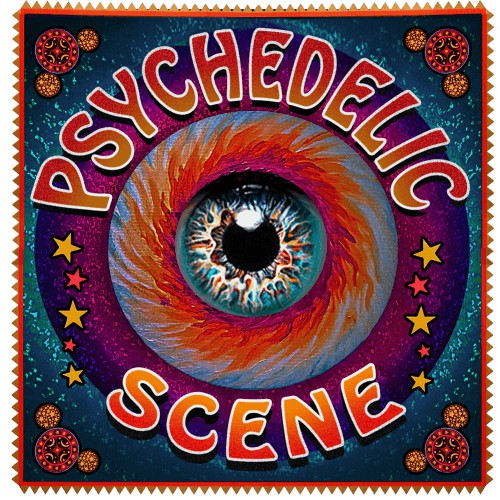Podcast: Dr. Rachel Harris on Psychedelic Ways of Knowing
Podcast: Dr. Rachel Harris on Psychedelic Ways of Knowing
An Excerpt from Swimming in the Sacred
As our legal and medical institutions embrace the extraordinary healing benefits of entheogens– extraordinary medicines, there is important wisdom in danger of being lost, according to author and researcher Rachel Harris, PhD.
Her new book Swimming in the Sacred offers a revelatory look into the past half-century of psychedelics use via in-depth interviews she conducted with women elders who have worked underground guiding sacred entheogenic journeys to cultivate insight, healing, and spiritual development.
We hope you’ll enjoy this excerpt from the book.
# # #
Altogether, the elders I interviewed from the psychedelic underground have thousands of hours of experience with entheogens via their own journeys and guiding others. Their role in guiding entheogenic journeys has no real counterpoint in our current Western world. They are not therapists, although they’re therapeutic. Most of them don’t have graduate degrees — they are neither researchers nor medical professionals. They are not ministers, as they do not belong to a religious organization. But their work is sacred.
These women have made a cultural shift to live in a sacred world, not bound by the assumptions of Western culture. It’s not that they’ve all adopted an indigenous way of knowing or even a new-age belief system. They have made a cultural shift as a result of their extensive psychedelic experience so that
The current psychedelic renaissance is exploding around the women elders who continue to work underground.
their relationship to time and space, causality, and synchronicity is no longer Western. The women attend to signs in the natural world, shift easily between states of consciousness, and receive guidance from unseen others. They swim in the sacred.
I think they are the closest our culture has to the Eleusinian priestesses who held the sacred container for visionary journeys in ancient Greece. That culture had healing centers and rituals for dream incubation and nighttime journeys. As philosophy professor Mara Lynn Keller wrote, they “believed that illness stemmed from a person not being aligned with their divine destiny, [and] those seeking healing would prepare for a night of dreaming by inviting a visitation of divine presence and purpose into their lives.…After a night of dreaming, initiates would tell their dream to attendants.” These people were called therapeutes, which is the root word for therapist. The initiate was “to follow the divine guidance and to perform some action, as directed by the deity in order for healing.”
Photo by Mary Fennell
It’s quite amazing how the current underground guides think of their calling in a very similar way, in that they are also interested in seeing their clients take meaningful action following the ceremony. Charlotte, who works with well-functioning people, wants to see how they manifest their experience: “I want to see action in [the] outer world before next session; not just hooked on experience. [I want to see them] clean up unfinished business in relationships. So next ceremony, they move on to next step in real-world progress in their lives and functioning.”
The elder guides follow the protocol of preparation and setting intentions, doing the ceremony, and then integration or follow-up to varying degrees. It’s important to contrast the role of guides with the new profession of psychedelic psychotherapy, which combines both the sitting aspect and the supportive therapy process before and after the journey. Sitting as a guide and providing supportive psychotherapy are two different functions, requiring two different sets of skills. Expertise in both these functions is a lot to ask as a professional requirement. The continuity in the therapeutic alliance from intention to integration is valuable and distinctive from the quality of presence and experience needed in a sitter. It might be helpful in the training of the new cohort of psychedelic therapists to clarify what’s needed for each of these two different roles and functions.
The current psychedelic renaissance is exploding around the women elders who continue to work underground. A few of the guides have found discrete opportunities to train the next generation of psychedelic therapists, and some are mentoring new guides. All will continue to work underground because that is where they can practice in a sacred manner. That their work with entheogens is sacred is the central theme for all the women elders no matter what their background or training.
It’s not that the women have forgotten their old stories and traumas, but they’ve attained a certain objective distance that allows for greater flexibility, especially when traveling through their inner psychic space or accompanying others.
This is not to say that the research teams working with these medicines are irreverent. Psychologist Bill Richards, a senior member of the team at Johns Hopkins University, wrote, “If the ultimate healing force is the energy we call love that flows into time from the sacred dimensions of consciousness, the healer becomes the conduit or facilitator.” Despite being immersed in medical settings, the research teams make every effort to maintain a sacred container for the entheogenic journeys while, at the same time, collecting data. Not an easy balance to maintain.
The next theme in common for the women elders is they have worked on their personal healing and spiritual development for decades, most of their lives actually. Following such a psychospiritual path has been a primary motivator in their lives, opening them to therapy, spiritual trainings, mentorships, and the lifelong use of entheogenic journeys with all the medicines, at all dosage levels. These women are intrepid explorers with the required discipline and strength to stay on that steep, and sometimes treacherous, path for a lifetime.
After decades of this level of psychospiritual work, a shift happens that allows for greater freedom from personal history. It’s not that the women have forgotten their old stories and traumas, but they’ve attained a certain objective distance that allows for greater flexibility, especially when traveling through their inner psychic space or accompanying others. Combined with awareness, this inner flexibility enables the guide to keep her own issues out of the journey space, so she can provide a clear setting for the client.
This capacity to keep their own egos in check is the most important way the guides maintain the sacred nature of entheogenic journeys. In Listening to Ayahuasca, I described how the Shuar shamans took all day to clear and protect the maloca (ceremonial pavilion) in preparation for the ayahuasca ceremony that evening. I wondered, What have they been doing all day? I finally decided they were protecting the energetic space from unwanted outer sources. I realize now that the ceremonial space most needs protection from the inner psychic world of the shaman or guide.
Besides the obvious, corporate financial incentives encroaching upon the psychedelic renaissance and the sacred space of entheogenic use, it’s the personal failure of the guide or therapist that most threatens the sacred journey. The crossing of sexual boundaries currently at issue in the psychedelic renaissance is the behavioral manifestation of the guide not being able to protect the sacred journey space. The current psychedelic subculture entering the mainstream is
This capacity to keep their own egos in check is the most important way the guides maintain the sacred nature of entheogenic journeys.
like a smorgasbord of promises — it’s a buyer-beware marketplace and only likely to become more complicated and difficult to navigate. In this way, it may not be so different from the array of therapists, religious leaders, athletic coaches, and doctors who also cross ethical boundaries for their own satisfaction.
Western cultures have yet to create a safe container or ritual for entheogens to be used for spiritual development in a sacred manner. Indigenous peoples have long held sacred ceremonies with elders carrying the tradition within a community setting that values each person’s intention and contribution. The sacred use of entheogens in tribal communities supports the priorities of sustainability and reciprocity with the natural world. The elder women guides are carriers of these integrated ways of living with entheogens that Western cultures need to learn.
Rachel Harris, PhD, is the author of Swimming in the Sacred: Wisdom from the Psychedelic Underground and Listening to Ayahuasca. A psychologist who has been in private practice for 40 years, she spent 10 years in an academic research department where she published more than 40 scientific studies in peer-reviewed journals and received a National Institutes of Health New Investigator’s Award. Rachel splits her time between an island in Maine and the San Francisco Bay Area. Visit her online at http://www.swimminginthesacred.com.
Excerpted from the book Swimming in the Sacred: Wisdom from the Psychedelic Underground ©2023 by Rachel Harris, PhD. Printed with permission from New World Library — www.newworldlibrary.com.
Gallery
Recent Articles
Artist Spotlight: Doug Leed
•
December 9, 2025
Podcast with Andrew Weisse: Beyond The Journey
•
December 5, 2025

Loading...
The Club Is Open by Radderall & Muzzy Fossa–Album Review
- Bill Kurzenberger
